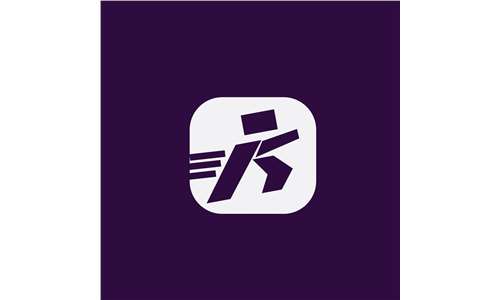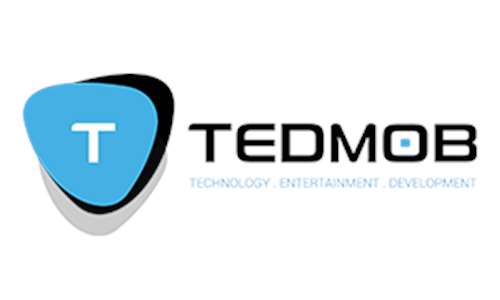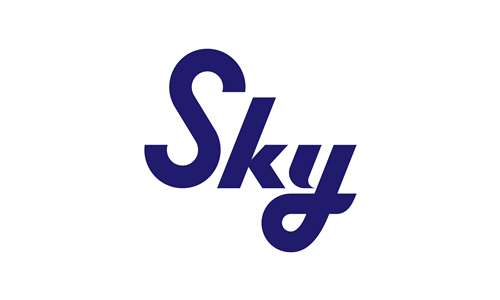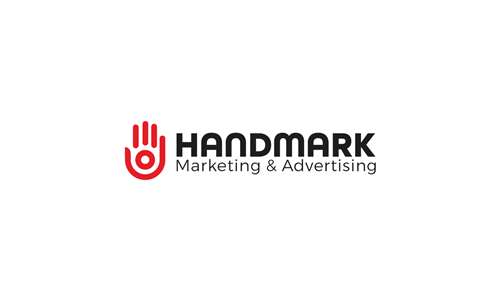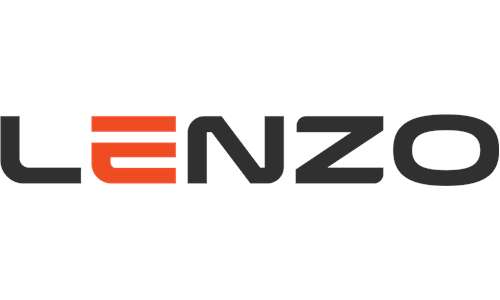SEO Companies instant ranking ✽
Welcome to our comprehensive guide unveiling the leading SEO companies 2025 . In today's digital landscape, achieving online visibility and ranking high on search engines is crucial for business success. Here, we present a curated list of top-tier SEO service providers known for their expertise, innovation, and proven track records.
Top SEO companies
1. Rank sprint
🎯 Main Service: SEO companies
📝 About the Company: RankSprint is a digital marketing agency with proven expertise in eCommerce and B2B niches. We specialize in creating tailored strategies that help businesses boost their online presence, generate leads, and drive sales. Whether you’re running an online store or targeting other businesses, we know how to craft campaigns that deliver measurable results. With a focus on SEO, social media, and content marketing, we’ve helped brands in Saudi Arabia, Egypt, the UAE, and across the Middle East achieve their goals. At RankSprint, we combine creativity with data-driven insights to take your business to the next level. Let’s grow together!
2. Bluecarrot
🎯 Main Service: SEO companies
📝 About the Company: Blue Carrot is a full-service agency established in 2014, specializing in educational content creation and commercial video production. Since the very beginning, we've set ourselves in the global marketplace by creating content for esteemed clients like the United Nations, DNB, University of Southern California, Charité Medical University, EIT, and others. Our company unites two distinct branches under a common goal — to educate and enlighten audiences. E-learning development. We offer both end-to-end online course creation and partial production services, including audience research and localization of educational content. Our team tackles contemporary challenges in online education, such as enhancing learner engagement, streamlining Subject Matter Experts (SMEs) involvement, and optimizing budgets and time-to-market. Animated videos for marketing. We help clients understand what they can get from marketing videos, choose what type and style of video they need to achieve their goals, and provide a full cycle of video production — from idea to completed video. With a diverse portfolio spanning over 300 clients globally, including top universities, NGOs, and Fortune 500 companies, we handle projects of all sizes, from short 60-second explainers to extensive e-learning courses consisting of over 1500 minutes of video and 2000 interactive slides across four languages. Our team operates globally, with US, EU, and Eastern Europe members collaborating with clients and contractors across multiple time zones, from Pacific Time to GMT +3. Let's discuss how our collaboration can bring your vision to life.
3. Blend Advertising agency
🎯 Main Service: SEO companies
📝 About the Company: We blend various techniques with our unique skills and experiences to guarantee incredible revenues! We don’t spare efforts in all-digital, marketing, and advertising activities to give you what you deserve. Who are we? We are the Blenders, and this is Blend Advertising Agency!
4. Smarthub
🎯 Main Service: SEO companies
📝 About the Company: SmartHub is a remote project management platform connected to a global pool of curated and diversified experts, offering a wide range of tailor-made solutions, for any business needs and budget. We offer various and diversified services related to social media, digital marketing, websites, mobile apps and more...
What Clients Say About Entasher.com
Criteria for Selecting the Top SEO Companies 2025
To compile this list, we evaluated SEO agencies based on several criteria:
Expertise and Experience: Each listed company boasts a proven track record and substantial experience market.
Service Offerings: From on-page optimization to content strategy and technical SEO, these agencies provide a comprehensive range of services.
Client Satisfaction: Testimonials, case studies, and client reviews showcase their success in delivering tangible results.
Innovative Approaches: These companies employ cutting-edge SEO strategies and stay updated with evolving search engine algorithms.
Customization: Tailored solutions catering to diverse business needs and industries .
What Sets These Companies Apart?
These top SEO companies excel in various aspects, such as:
Customized Strategies: Tailoring SEO campaigns for different business sizes and industries.
Proven Results: Demonstrated success stories and tangible outcomes for their clients.
Transparent Reporting: Providing clients with clear insights and regular progress reports.
Innovative Techniques: Utilizing advanced tools and innovative approaches to stay ahead in the industry.
Client-Centric Approach: Prioritizing client satisfaction, communication, and long-term partnerships.
Search engine algorithms are the factors bots use to analyze and rank pages that respond to the user’s query.
A search engine is a tool that helps users search the internet for content or queries in its database using keywords. The results of those queries are listed according to algorithms and then shown on a search engine page (SERP).
3-6 months with intensive SEO work.
After the crawlers find content, they store the URLs in an index, which is a huge database, such as Google’s Caffeine index. That’s why the crawler has to understand the content of the webpage to make it appear with relevant search keywords.
It stands for search engine optimization, which is the process of optimizing websites to get organic free traffic or natural ranking in search engines. Since people usually pick the top results, SEO is important to list websites high.
Search engines work in 3 ways: crawling, indexing, and ranking.
This is a part that’s driven by backlinks to increase the visibility of your website. Marketers usually perform activities outside the website to boost the website’s ranking.
Many factors affect on-page and off-page search engine optimization. Those factors include content marketing, so quality engaging content is essential. It also includes the website’s HTML, such as title tags, meta descriptions, and sub-headings. And lastly, it includes how trustworthy is your website, how you avoid spamming sites with your links, and how your content is shared on social media.
This is the part that’s related to content to ensure it’s relevant to users’ search inquiries. This usually includes targeted keywords that help the website’s content rank higher.
Like spiders, crawlers are bots that crawl the internet searching for fresh content. This is the discovery phase when webpages, images, videos, or any content is found.
When a crawler finds a new URL through a webpage, it adds it to the search engine’s index for processing.
Unlike SEO, search engine marketing uses paid strategies to rank websites higher and increase their visibility on SERPs. Businesses pay for ads to make their websites appear when a user searches for a relevant keyword. Those websites appear at the top of the page with the word “ad”, and businesses are only charged when users click on them.
But not only do websites appear with SEM, but products can also be listed as carousels, which is another form of paid search ads.
A search engine page or a SERP is the page of results a user finds when searching for a keyword. Users usually click the top results, that’s why SEO is essential to rank websites at the top.
This is the final step when bots decide to show information based on their relevance to the user’s query. This is done using search algorithms.
1- Boosting sales and generating leads
Since search engines are the main sources of website traffic, and people are constantly searching for similar products and services to what you offer, optimizing your website will make you ahead of the competition and will generate more leads.
2- Boosting credibility
Again, as we said, people usually click the first option in a SERP, so having your website at the top creates a sense of credibility that your business is the pioneer in the industry. And on the other hand, if your business appears at the end of the page, it will create a sense that your products are untrustworthy. Plus, people will be less likely to check your website if it appears at the end of the search page.
3- Improving user experience
SEO helps improve user experience through content quality, easy-to-navigate websites, mobile-friendliness, and website speed. A great user experience affects their buying decisions and results in higher conversion rates.
4- SEO is not paid
If you optimize your website well enough, you won’t have to pay to advertise for it. Creating an effective SEO strategy will not only increase your website’s traffic but will also make you save money.
SEO is not paid, but its peer SEM is paid, so let’s talk a bit about SEM
SEO best practice needs digital marketing agency to enhance the content creation, off the page and page links building know more about top digital marketing agencies that will help you to enhance your SEO from this link
